After almost 30 years behind a sewing machine, I've developed a set of rules that have transformed how I approach sewing. These aren't just arbitrary guidelines—they're battle-tested strategies born from countless mistakes and "I wish I had known that sooner" moments.
Whether you're just beginning or you've been sewing for years, these principles will help you enjoy the process more while creating garments you're genuinely excited to wear. I've arranged them in ascending order, saving what I believe is the most transformative rule for last.
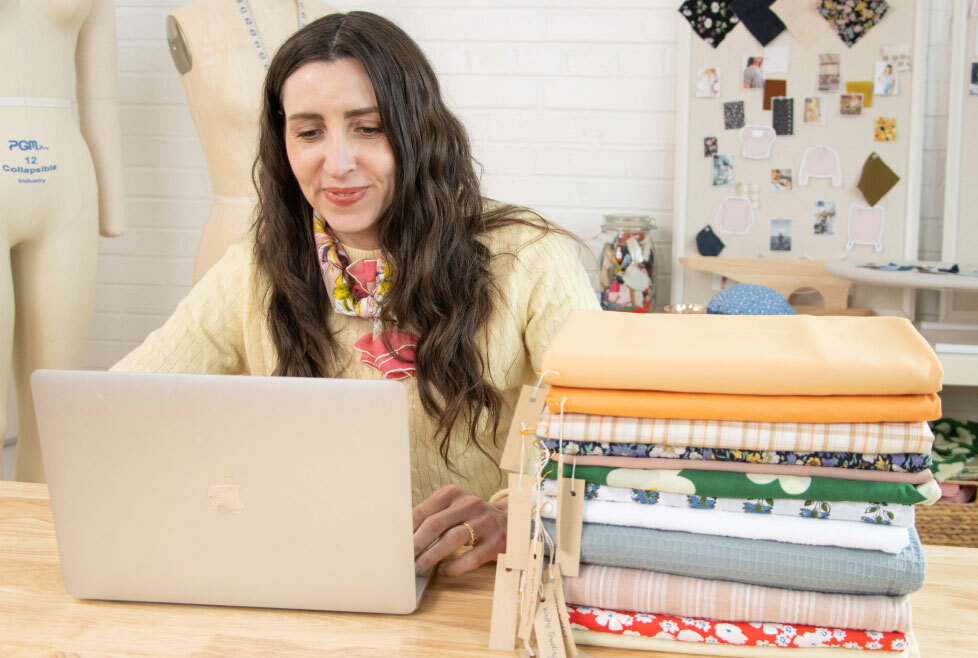
Rule #10: Alternate Easy and Challenging Projects
One of the quickest paths to burnout is tackling one difficult project after another. When every sewing session becomes a problem-solving marathon, you lose the joy that likely drew you to sewing in the first place.
I recently finished sewing a pair of jeans—a project that required several weekends of careful construction, precise topstitching, and quite a bit of problem-solving along the way. Rather than immediately diving into another complex garment, I followed it with a simple wrap sweater that I completed in just a few hours.
This rhythm of alternating complex and simple projects creates a perfect balance. The challenging makes stretch your skills and provide that incredible sense of accomplishment, while the quick wins maintain your momentum and deliver that instant gratification we all crave.
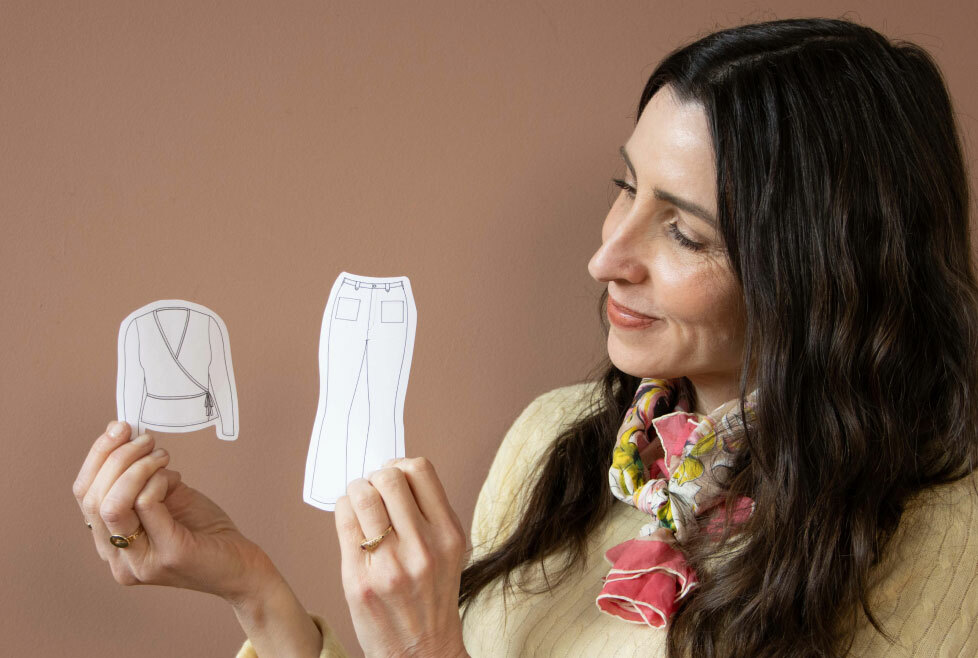
If you've been feeling stuck or frustrated with your sewing lately, look at your project queue. Have you been piling one challenging make on top of another? Try inserting some simpler projects—perhaps a Seamwork Bo top or Jane tee—between those more demanding makes.
Rule #9: Match Your Techniques to Your Fabric
This seems obvious, but I see sewists struggle with this constantly. You simply can't use the same sewing techniques for every fabric—what works beautifully for cotton might completely ruin silk or knits.
For example, if you're working with slippery fabrics like rayon or silk, you'll need different cutting methods (I recommend a rotary cutter rather than scissors), different pins (fine glass-head pins that won't snag), and possibly different machine settings than when working with stable wovens.
![[image-03: Show stable vs. slippery fabrics]](/media/articles/2188/422f5aa2.jpg)
Each fabric has its own personality and demands specific handling. The right technique can make even challenging fabrics a pleasure to work with, while the wrong approach leads to hours of frustration and disappointing results.
Want to learn more about working with specific fabrics? Check out our Fabric Guides series — we have articles on everything from How to Sew With Silk to A Guide to Sweater Knit Fabrics.
Rule #8: Use the Right Interfacing
Interfacing might not seem glamorous, but it can make or break your project. When I first started sewing, I used the same stiff, fusible interfacing for everything, and it created all sorts of problems—facings that popped out, collars that looked unnaturally rigid, and garments that didn't drape naturally.
My go-to now for most projects is a lightweight knit interfacing. It provides just enough structure without making things bulky or stiff. For tailored garments like jackets, I might opt for something with more body, while sheer fabrics might need an ultra-lightweight option.
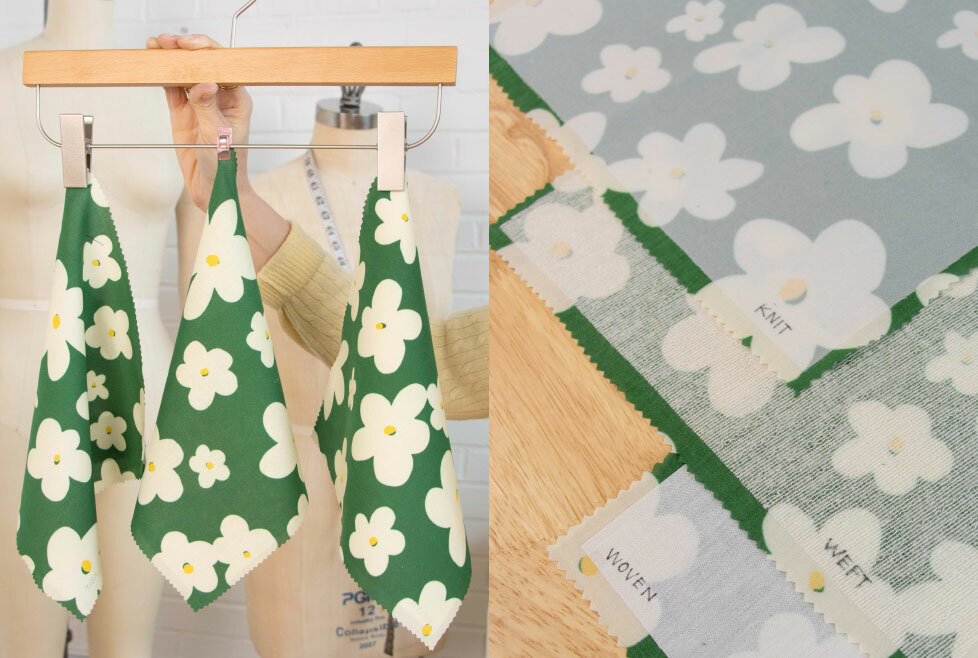
Think of interfacing as the foundation garment of your sewing project — invisible when done right, but crucial for creating the perfect shape and structure. If you want to learn more about choosing the right interfacing, read How to Choose the Best Interfacing For Your Sewing Project.
Rule #7: Create a Plan, But Leave Room to Improvise
Spontaneous sewing can be fun, but I've found that a bit of planning completely transforms how much I actually wear what I make.
I used to buy whatever fabric caught my eye and make whatever pattern excited me in the moment. The result? A closet full of beautiful clothes that didn't work together or fit my actual lifestyle.
Now I spend time thinking about what I need, what colors and styles work together, and what gaps exist in my wardrobe. This planning doesn't rob sewing of its joy—it actually enhances it by ensuring that each creation becomes a beloved, functional piece of your closet.
![[image-05: Sarai with a mood board or planning sheet for seasonal sewing]](/media/articles/2188/c35d248a.jpg)
Not only that, but I get so much more excited about sewing because I get to wear my handmade clothing just about every day! It feels really special and close to my heart because it's integrated into my life.
That's why we created the Design Your Wardrobe class, which is a group program we run four times a year to help you create a wardrobe for the upcoming season. It's also the process I use in the videos I share on our YouTube channel about what I'm making each season.
By the way, I always leave room for those impulse projects too—they keep sewing playful and spark creativity in unexpected ways. We even built this into the Design Your Wardrobe planning process with something we call "wildcards." That way, you never feel too constrained.
Rule #6: Use High-Quality Tools
Using quality tools transformed my sewing experience. I resisted spending money on "fancy" scissors and pins for years, but the difference was remarkable when I finally upgraded.
Sharp scissors that actually cut cleanly, pins that glide through fabric without catching, a machine that doesn't fight you with every stitch—these things make sewing so much more enjoyable.
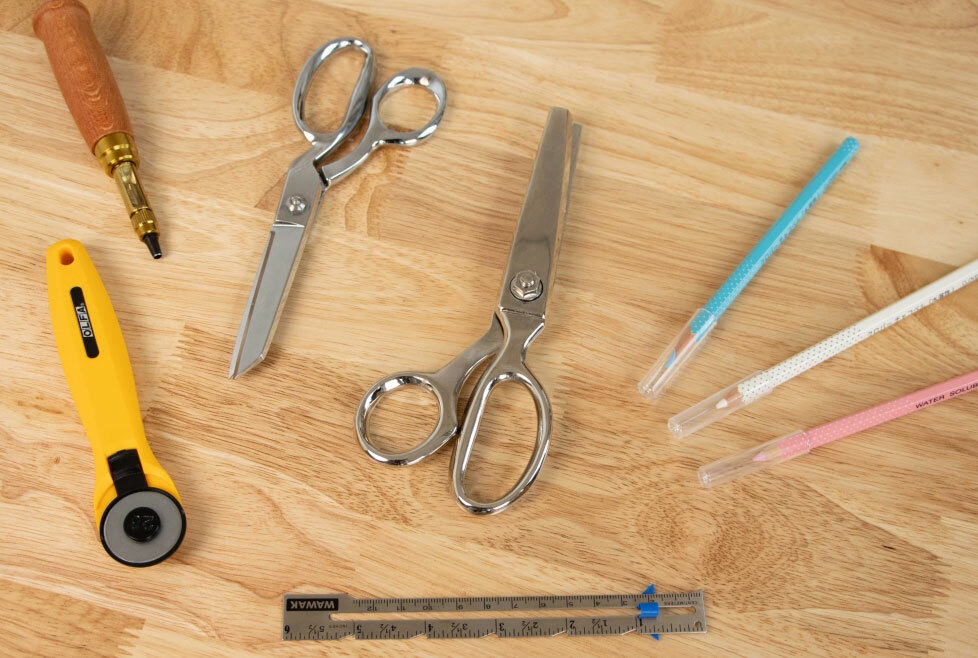
Remember that sewing is as much about the journey as the destination. Quality tools reduce frustration, increase accuracy, and make the entire process more pleasurable. They're an investment not just in better results, but in a better experience along the way.
You don't need to buy everything at once — start with the tools you use most frequently, like scissors, pins, or a good seam ripper, and build your collection over time. Not sure where to start? Check out our free beginner-friendly sewing tools guide for recommendations.
Rule #5: Work in Small Chunks
Marathon sewing sessions used to be my norm. I'd block out an entire Saturday, thinking I needed hours and hours to make progress. This approach created two problems:
First, I'd get tired and frustrated toward the end but feel compelled to finish anyway, leading to mistakes and a negative experience.
Second, I found myself avoiding sewing altogether unless I had a huge block of time available—which wasn't often.

Now I prefer working in small chunks of 1-2 hours. Even 30 minutes is enough to make meaningful progress—pressing fabric, cutting out pattern pieces, or sewing a few seams.
This approach keeps sewing fresh and enjoyable. It also helps me maintain momentum on projects because I can fit sewing into my regular schedule rather than waiting for those elusive free days.
If you struggle to find sewing time, try setting a timer for just 30 minutes after dinner or before work. You'll be amazed at what you can accomplish, and those small sessions add up quickly to completed projects.
Rule #4: Try It On As You Go
This simple habit has saved me countless hours of rework. Even with a perfectly fitted muslin, your final fabric might behave differently, causing fit issues you didn't anticipate.
I've learned to try on garments at strategic points—before inserting sleeves, before attaching facings, before hemming. This gives me opportunities to make small adjustments throughout the construction process.
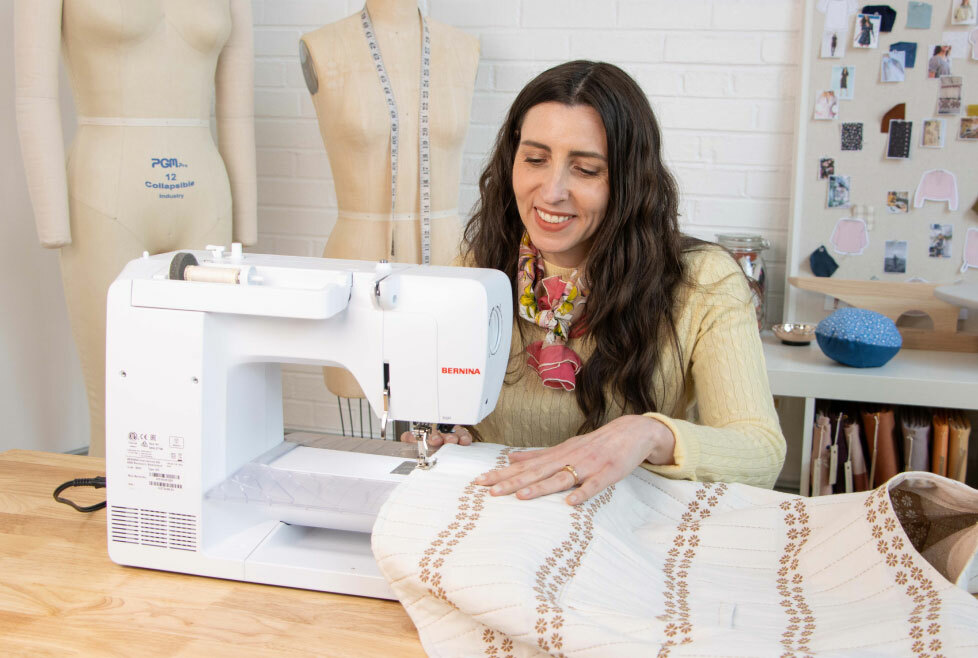
For example, when making a dress, I'll try it on before attaching the sleeves to check the shoulder fit, again before adding the collar to ensure the neckline sits properly, and of course before hemming to get the perfect length.
Every time I skip this step, I end up regretting it. So learn from my mistakes and try your garment on as frequently as you can. These check-ins take just a minute but can make the difference between a garment that's just okay and one that fits beautifully.
Rule #3: Find Your Signature Fabrics
The world of fabric is vast and can be overwhelming. There are literally thousands of options, each with different characteristics and handling requirements. Remember what I said earlier about matching your technique to your fabric? With so many options, it can feel impossible to master them all.
Instead of trying to work with everything at once, find a few signature fabrics that you love working with and wearing. This allows you to develop deep expertise with those specific materials before branching out.
![[image-09: Sarai's signature fabrics laid out together with sample swatches]](/media/articles/2188/30817d5e.jpg)
My signature fabrics include denim, linen, rayon challis, and cotton lawn. I know how these fabrics behave, what patterns work well with them, and which techniques yield the best results. When I do try something new, I have this foundation of knowledge to build upon.
Your signature fabrics might be completely different based on your style, climate, and preferences—the important thing is finding what works for you and developing confidence with those materials.
Once you've identified your favorites, stock up when you find good quality versions on sale. I always keep some basic linen and rayon challis in my stash for those "I need something new to wear this weekend" moments.
Rule #2: Write Down What You Learn (And Share)
Our memories are fallible, especially when it comes to techniques we don't use frequently. Taking notes about what worked, what didn't, and any modifications you made transforms every project into a learning opportunity.
I use my project posts on the Seamwork Community as a kind of sewing journal, where I share the fabric I used, note any pattern adjustments, and write down techniques I tried or details I added. This becomes an invaluable reference for future projects.
![[image-10: Screenshot of a project post in the Seamwork Community with detailed notes]](/media/articles/2188/081fef1a.jpg)
Sharing what you learn amplifies this benefit. When you explain a technique to someone else, whether in the Seamwork community or on social media, it solidifies your own understanding. Plus, the sewing community is built on this kind of generous knowledge-sharing.
Even mistakes become valuable when you document what went wrong and how you might approach it differently next time. No experience is wasted when you capture what you've learned.
If you're not already a Seamwork member, consider joining our community where you can document your projects and learn from others. It's one of the most supportive places online for sewists of all levels.
Rule #1: Learn Something New With Every Project
This rule has transformed my sewing more than any other. With each project, I challenge myself to incorporate at least one new skill or technique.
It doesn't have to be complicated—maybe it's trying a different seam finish, experimenting with a new buttonhole method, or using a walking foot for the first time. The point is to continuously expand your skills through deliberate practice.
![[image-11: Close-up of a sewing technique being demonstrated]](/media/articles/2188/731c997f.jpg)
This "learn as you sew" approach turns every project into both a creative outlet and a learning opportunity. Over time, these small skill additions compound into comprehensive expertise that allows you to tackle increasingly complex projects with confidence.
When planning your next project, identify one new thing you'd like to learn.
Maybe it's finally mastering an invisible zipper with the Ash dress, or trying French seams on a silky Fifer top. The Seamwork library has hundreds of patterns to help you master new techniques one step at a time.
By focusing on learning one new thing per project, you'll avoid feeling overwhelmed while steadily building your skills. Before you know it, you'll be tackling projects you once thought were beyond your abilities—and enjoying every minute of it.
